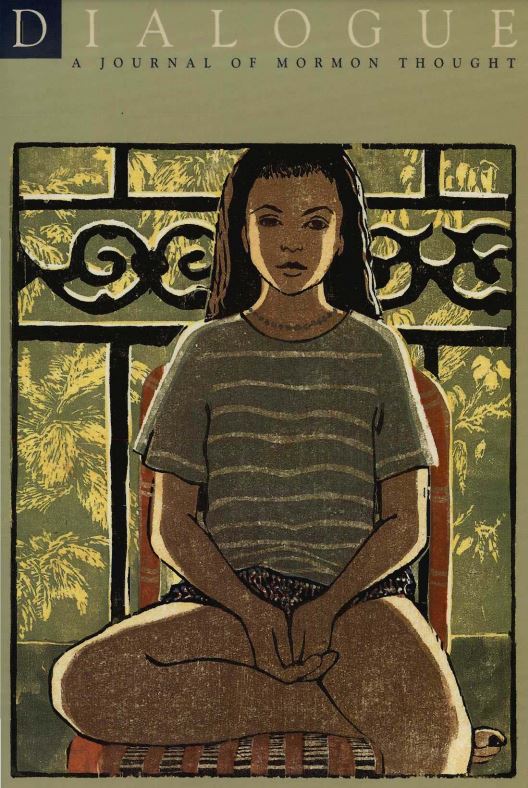Bulgakov’s exhaustive work catalogues a laundry list of foreign and native Russian sects, including “Samara Mormons”. The entire book is available online here. Below is my English translation of the entry on Samara Mormons.
SAMARA MORMONS. Such is the name of a sect that appeared in the 1840’s in Buzuluk District of Samara Province. This sect represents a sufficiently bizarre mixture of different sectarian beliefs. These sectarians make general use of the Khlyst “radenie”; they engage in this ritual in meetings and in their free time, where possible; for example, in the field or after dinner. They turn singly and together, sometimes half-dressed, and sing various songs during the radenie. They teach that while this occurs the “spirit” descends upon them. Those who join the sect swear a secret oath to obey neither father nor mother, but only the “Living God” and do all He commands. All these are clear signs of Khlystism. On the other hand, for example, the sectarians eat meat; they directly and rather openly blaspheme the holy icons and with a stubborn godlessness prick out the eyes on the faces of the icon, disfigure the faces with awls or some such instrument. These particular characteristics do not coincide with Khlyst teachings. The Samara Mormon sect can be divided into two parts: the actual “Mormons” (in Nikolayevsk and Buzuluk districts) and the “Methodists” (in Novouzensk District). In their structure these two communities exhibit the especial influence of Molokanism and Prygunism; the Mormons have adopted even the particular titles used in such communities for their various members: “Arm”, “Leg”, “Eye”, etc. They reserve the typical Khlyst nomenclature for their leaders: “Prophet”, “Christ”, “Sabaoth”, “Mother of God”, and the like. The difference between Mormons and Methodists lies in their reliationship to marriage and their way of life: the former, having rejected marriage and introduced polygamy, yet lead a conservative and sober lifestyle, while the latter are acknowledged drunkards and profligates. The names given to the follows of both groups are actually arbitrary: the first are named “Mormons” only because they, like American Mormons, allow polygamy; the second group were given the name “Methodists” probably only as a result of their rejection of Orthodox rites. Mormons exist in other areas of Russia: in the provinces of Omsk, Astrakhan and Transcaucasia. Transcaucasian Mormons believe in transcorporeal migration of the spirit and preach that each person may attain perfection and become a god. They reject the afterlife, the resurrection of the dead and the doctrine of final judgment. When examined Samara Mormonism is actually a mixture of Molokan beliefs with various mystical elements of Khlystism or Shaloputism, along with the rationalism of neo-Stundism and Baptism. The formation of the sect may thus be explained: the rationalistic sects (Molokans, Stundists, Baptists) in their teachings met with the teachings of the mystical sects (Khlysts, Shaloputists, and others); a mixture occurred, through which was formed a new sect.

